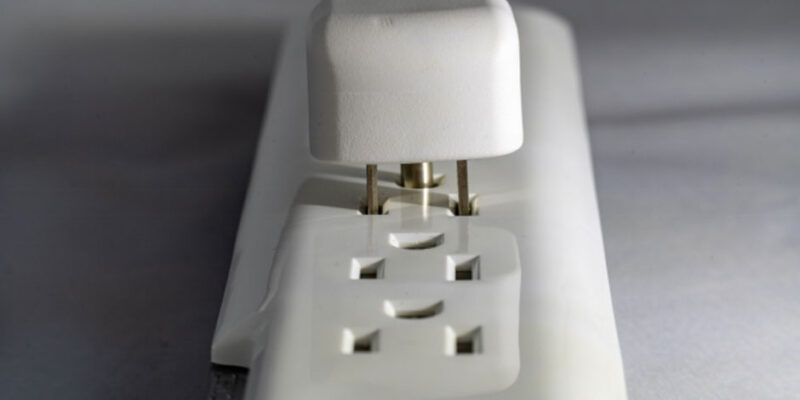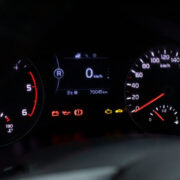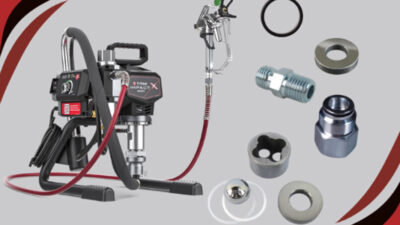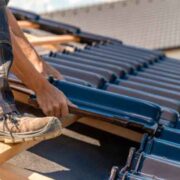When we speak of electrical accessories at home, it is pretty simple to interchange everyday items we usually see. Such is the case of the extension cord and the power strip. They are both two different household electrical items.
What are Power Strips?
As the name suggests, a power strip is a series of electrical sockets. Power strips are attached with a cable and electrical plug at the end. It powers multiple electrical devices close to each other, just like the devices inside an entertainment room.
There are some power strips available that come with a circuit breaker. It is a precautionary measure in case a power overload or a short circuit happens. In modern designs, many of the power strips have an automatic shut-off feature. Here, the device or appliance remains unused for several hours.
What are Extension Cords?
An extension cord is a long electrical cable with at least one socket on each end. It has an electrical plug and extends a power outlet to an appliance or even a remote electrical device. There are extension cords available with different variations based on their purpose and usage. While some extension cords are around 2 feet long, others can run up to 30 feet or longer. Most of the extension cords tend to look similar, but there are many discerning factors. Such as:
- Firstly, most often, an extension cord is chosen based on its length. It allows you to power objects that are not close by or far away from electrical outlets.
- Secondly, extension cords are available in two-wire and three-wire extension cords. The two-wire extension cords apply in the household use for simple home appliances, like lamps and stereos. On the other hand, the three-wire extension cords apply in industries and factory use for heavy-duty machinery or even extreme environmental circumstances. Three-wire extension cords are identified by their bright yellow or orange colors. They have a three-pronged entry for the power cord, while some other cords are ungrounded. It means only a two-pronged or ungrounded electrical appliance is pluggable. The grounding sprocket is used in most cases as a safety device.
- Thirdly, the extension cords can differ based on their amperage. For most heavy-duty equipment, the higher amperage extension cordsapply like a 20 amp extension cord. Higher amperage cords are better because they can carry power over longer distances.
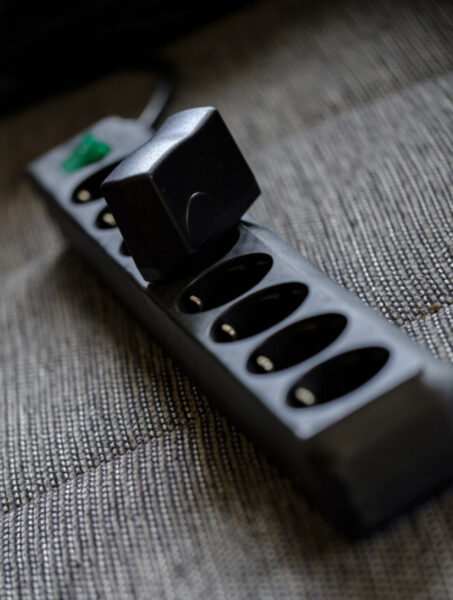
Situations Where You Can Use Power Strips and Extension Cords
It is easy to get distracted between power strips and extension cords. It is especially so because certain manufacturers designed the power strips with lengthy cables similar to extension cords out there in the market.
The main difference between the two, however, lies in their purpose.
- You can use a power strip to multiply the number of electrical outlets from a single source.
- You can use an extension cord to stretch out a power source towards a remote electronic device or appliance.
The improper or careless use of temporary and flexible wiring like an extension cord, multi-outlet adapters, or even uninterruptible power supplies and power strips can create electrical and fire shock hazards.
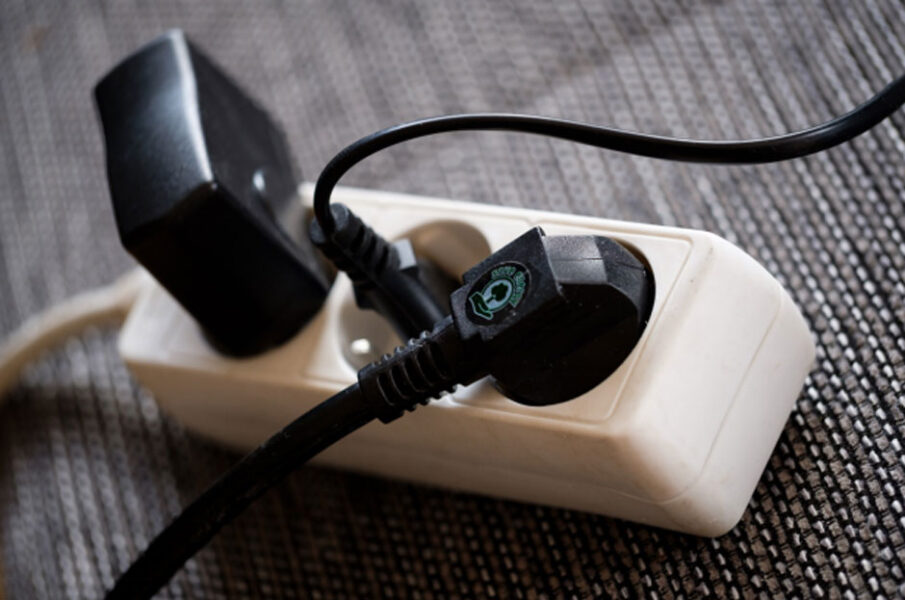
A list of rules for the proper usage of extension cords and power strips is listed below.
Firstly, the extension cords apply for temporary use only. It is good to use them for a short period like hours or days, and not weeks or months. In this relation, an acceptable extension cord use would be when a custodian is using it with a vacuum to clean a sofa set and hallway carpet.
Another example of the unacceptable use of an extension cord is when it connects to a computer outlet under a desk.
-
- The power strips, uninterruptible power supplies (UPSs), and multi-outlet adapters are acceptable if they have a circuit breaker that one can reset easily. Additionally, they are also plugged into a properly installed outlet directly.
- The power strips, the UPSs, and multi-outlet adapters should never be “daisy-chained” (using one plugged into another). You must ensure that all power strips, UPSs, and multi-outlet adapters, should be plugged into a properly installed outlet directly.
- The larger electrical devices or appliances, like microwaves or refrigerators, should not be plugged into a power strip or extension cord. One should plug these types of machines into a properly installed outlet directly.
- All the extension cords, multi-outlet adapters, UPSs, power strips should have a nationally recognized testing lab (like the UL Listed) accreditation. The so-called “Homemade” extension cords are, in reality, fabricated out of an outlet box and a length of wire, and hence they are not permitted!
- It is advisable to never overload outlets or power strips. The tripping circuit breakers are a warning sign that one should handle them carefully.
- Always make sure that you never use a three to two-prong plug adapter.
- When you are using an extension cord near any source of moisture or outdoors, you have to make sure that the equipment is plugged into a Ground Fault Circuit Interrupter (GFCI) with an equipped outlet or a GFCI adapter plugged into the outlet directly.
- Lastly, never use any power strip or extension cord that has any signs of overheating or damage. It will include any indication of damage to the insulation, like a cord wrapped in electrical tape
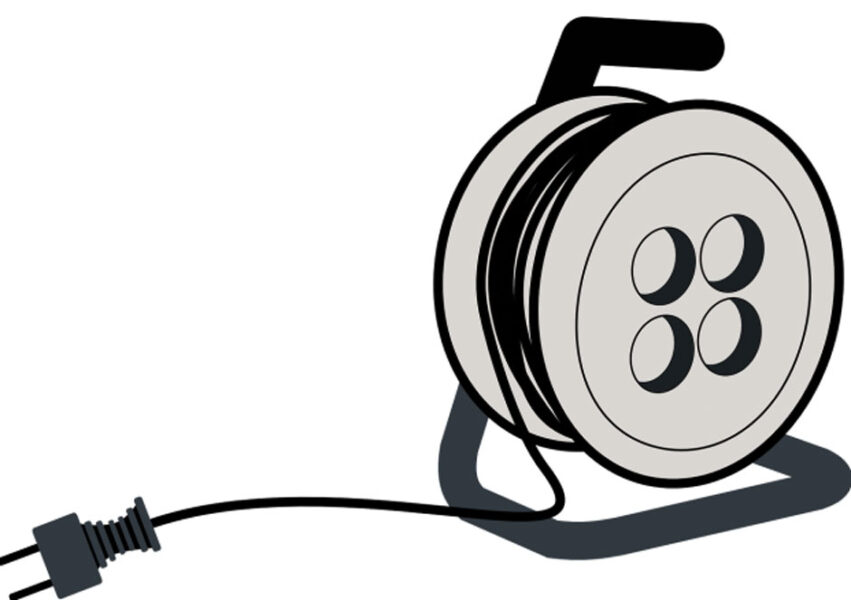
Source: Pixabay
Conclusion
Always make sure that safety is your priority whether you use a power strip or an extension cord. Don’t make an extension cord permanent, and never overload a power strip with too many appliances. Knowing each tool’s purpose will help you maximize its use, either a power strip or an extension cord.
